Bismarck and Mandan, North Dakota, Winter 1804-05: North Tour
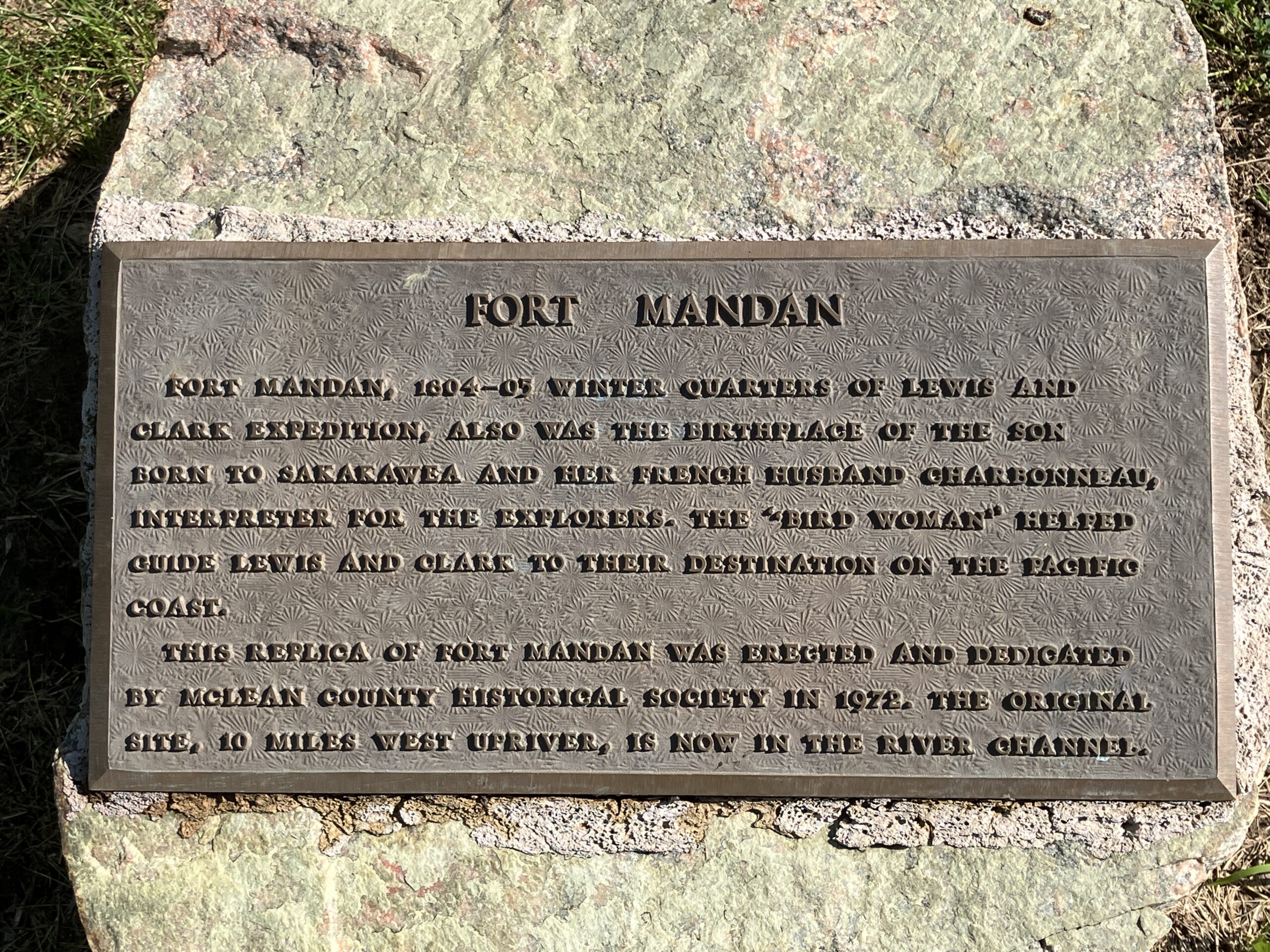

After leaving their first winter encampment at Camp Dubois across from St. Louis, Missouri on May 14, 1804, the Corps of Discovery under the direction of US Army Captains Meriwether Lewis and William Clark made their way slowly but surely up the Missouri River. Day after day they fought the relentless current to make progress upstream averaging ten miles per day. As the weather began to get colder, they looked for a sensible place to establish their winter quarters.
The Corps first encountered the Arikara (uh-RICK-uh-ruh) tribe living in three villages close by the mouth of the Grand River near the northern border of today’s South Dakota. The Corps spent about a week in the first part of October in the vicinity of the Arikara and the two sides held councils, exchanged expressions of goodwill, and traded goods. Clark’s slave York was a special object of fascination to the tribe since they had never seen a black man before.
The Corps decided to proceed on. Two other tribes had clustered into five villages along a sixty mile stretch of river in today’s North Dakota: two Mandan villages on the south near the confluence with the Heart River and three of the Hidatsa (hih-DAHT-suh) tribe above close to the mouth of the Knife River. With the temperature dropping further and ice forming on the river, it was time to hunker down among them for the winter. Lewis and Clark directed their men to construct Fort Mandan, which would house them on the east bank of the river for the next four months.
Follow this guide to visit several locations associated with Lewis & Clark Expedtion’s stay in North Dakota. Spending two days should allow you to experience all these sites thoroughly. See the South Tour itinerary for other tour ideas.

Travel north on ND Highway 1804, denoting the year of the outbound journey of the Lewis & Clark Expedition, to Double Ditch Indian Village State Historic Site. On October 22, 1804, William Clark noted that the expedition passed “an old Village on the S. S. and the upper of the 6 Villages the Mandans occupied about 25 years ago this village was entirely cut off by the Sioux & one of the others nearly, the Small Pox distroyed great Numbers.” Smallpox again wrecked havoc on the Mandan at this site, causing its abandonment. Few facilities are on site, but a state recreation area is in the vicinity and has more amenities.
W4M3+PP Baldwin, ND, USA
1700 River Road, Bismarck, ND, USA
North Dakota Heritage Center & State Museum, East Boulevard Avenue, Bismarck, ND, USA
Fort Abraham Lincoln State Park, Fort Lincoln Road, Mandan, ND, USA
Fort Abraham Lincoln State Park, Fort Lincoln Road, Mandan, ND, USA
Lewis and Clark Interpretive Center, 8th Street Southwest, Washburn, North Dakota, USA
Fort Mandan State Historic Site, 28th Avenue Southwest, Washburn, ND, USA
Knife River Indian Villages National Historic Site, County Road 37, Stanton, ND, USA
302 Frontage Rd, New Town, ND 58763
404 Frontage Road, New Town, North Dakota 58763, USA
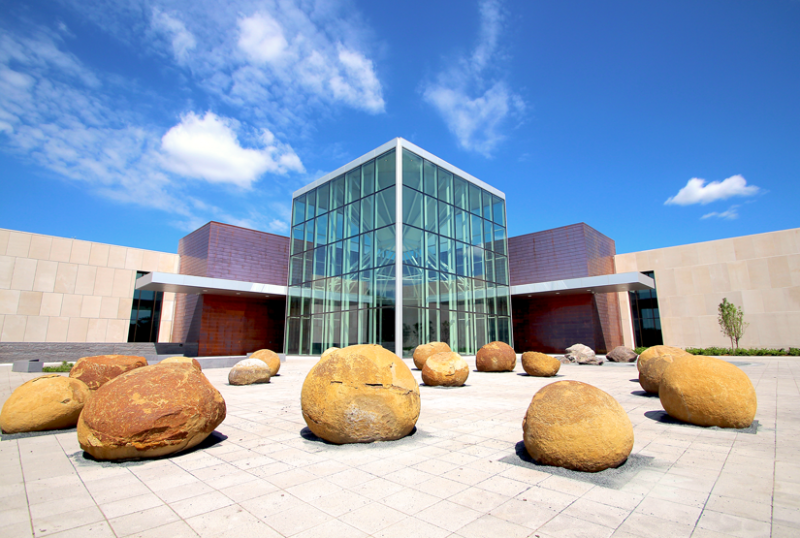
North Dakota Heritage Center & State Museum, East Boulevard Avenue, Bismarck, ND, USA
View Listing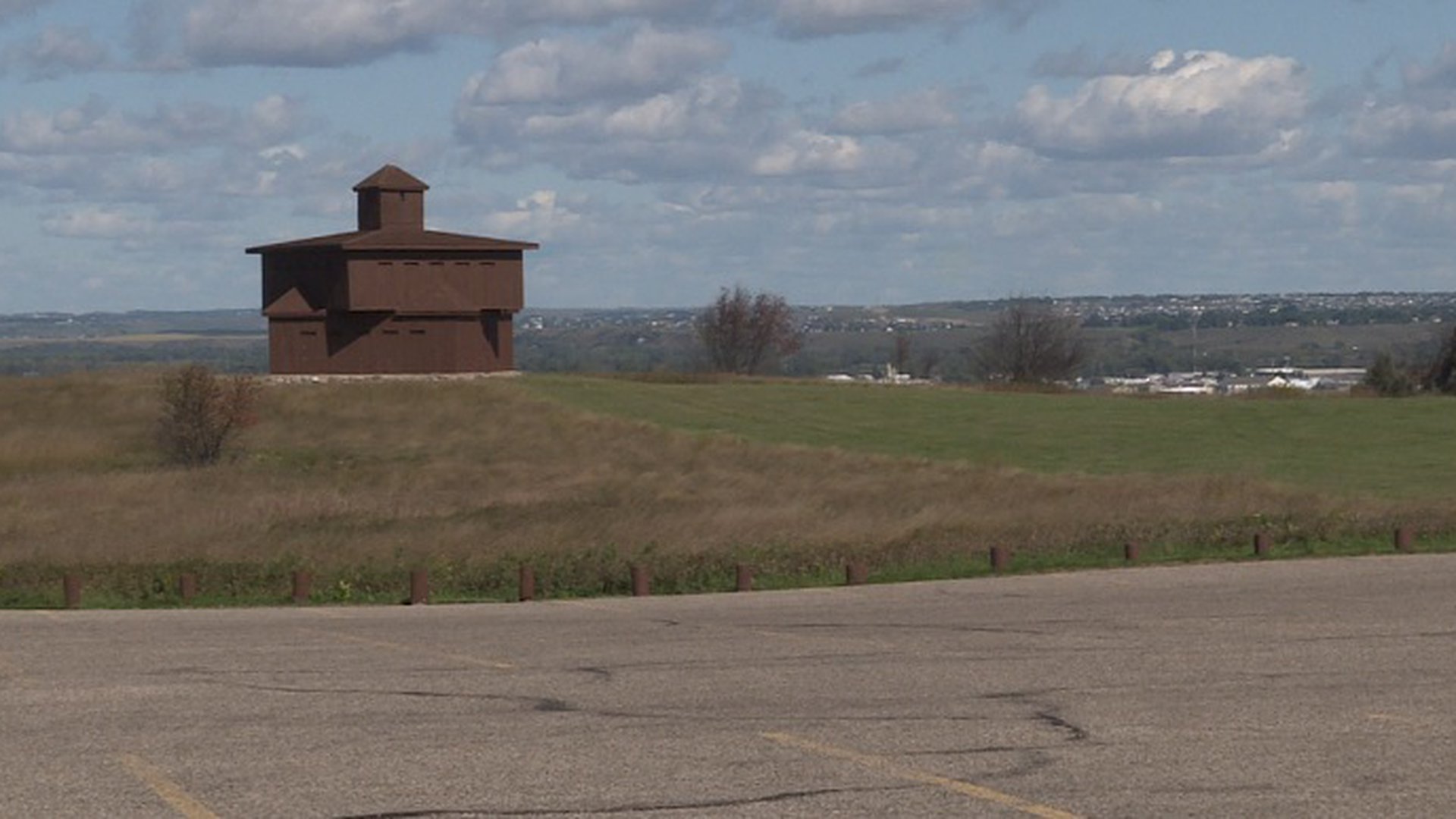
Fort Abraham Lincoln State Park, Fort Lincoln Road, Mandan, ND, USA
View Listing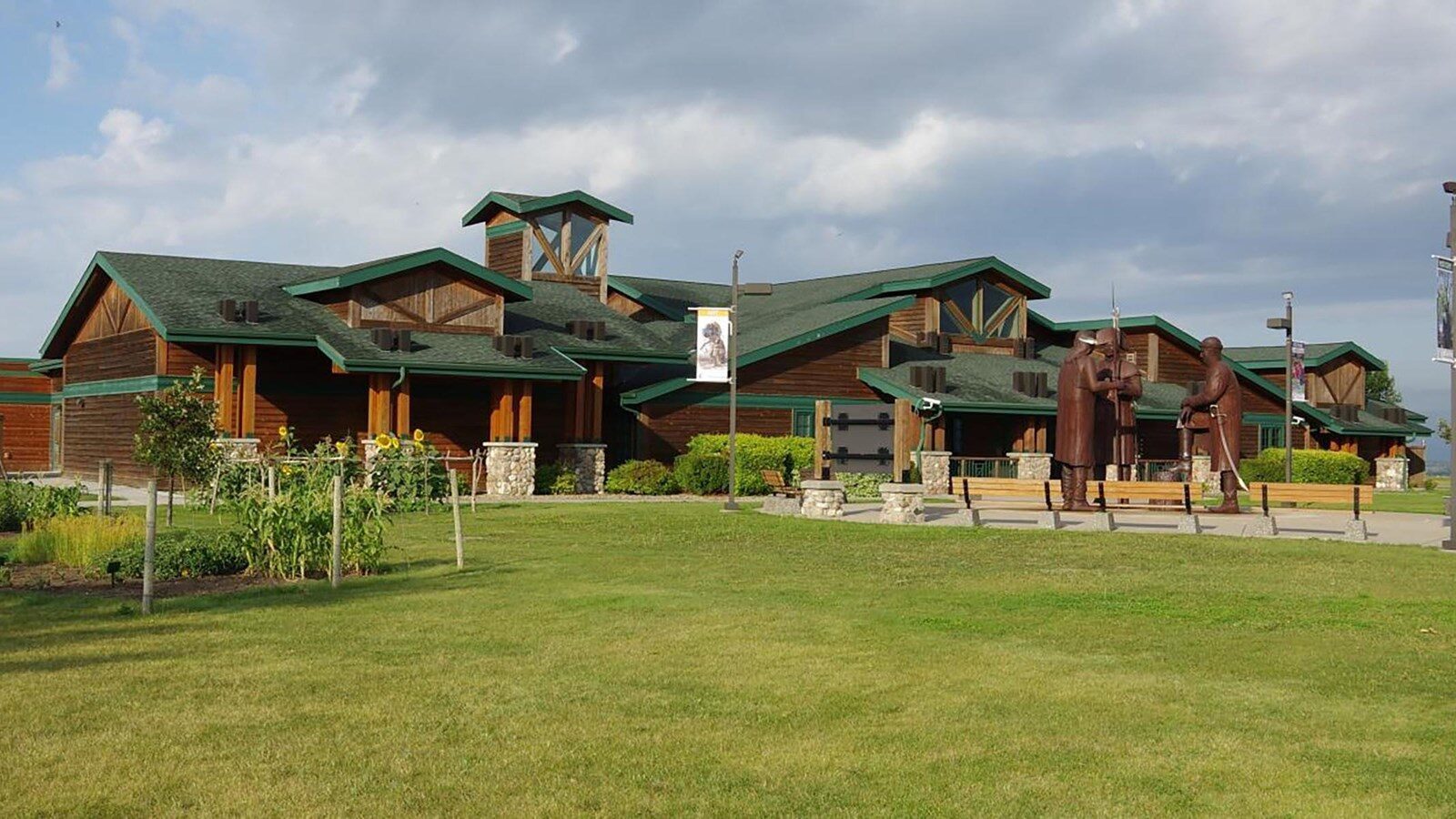
Lewis and Clark Interpretive Center, 8th Street Southwest, Washburn, North Dakota, USA
View Listing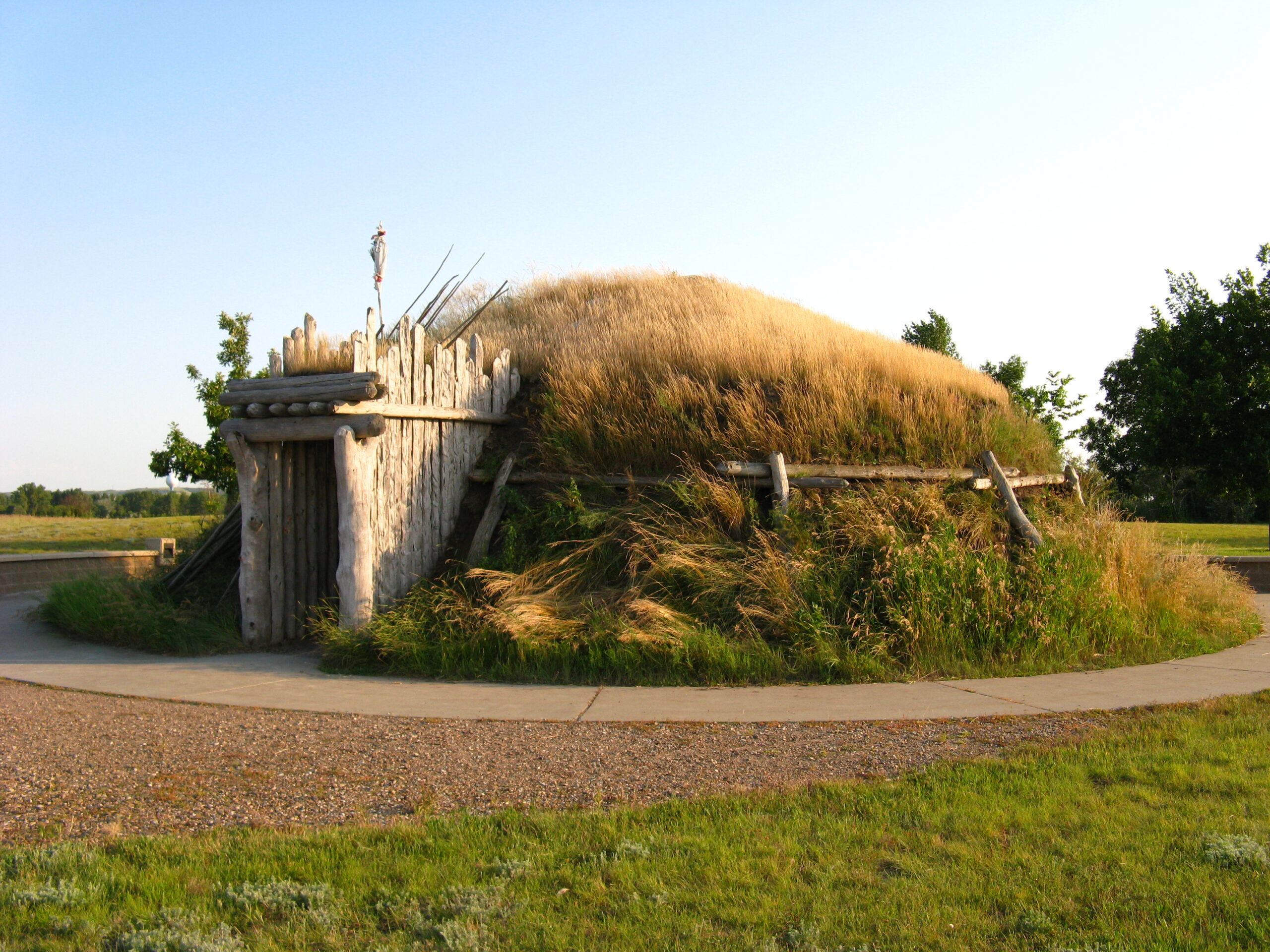
Knife River Indian Villages National Historic Site, County Road 37, Stanton, ND, USA
View Listing
302 Frontage Rd, New Town, ND 58763
View Listing
404 Frontage Road, New Town, North Dakota 58763, USA
View Listing
Discover Lewis & Clark Expedition era artifacts and displays. View the evocative artwork of Karl Bodmer, George Catlin, and Michael Haynes. Learn about the Expedition's stay at nearby Fort Mandan.
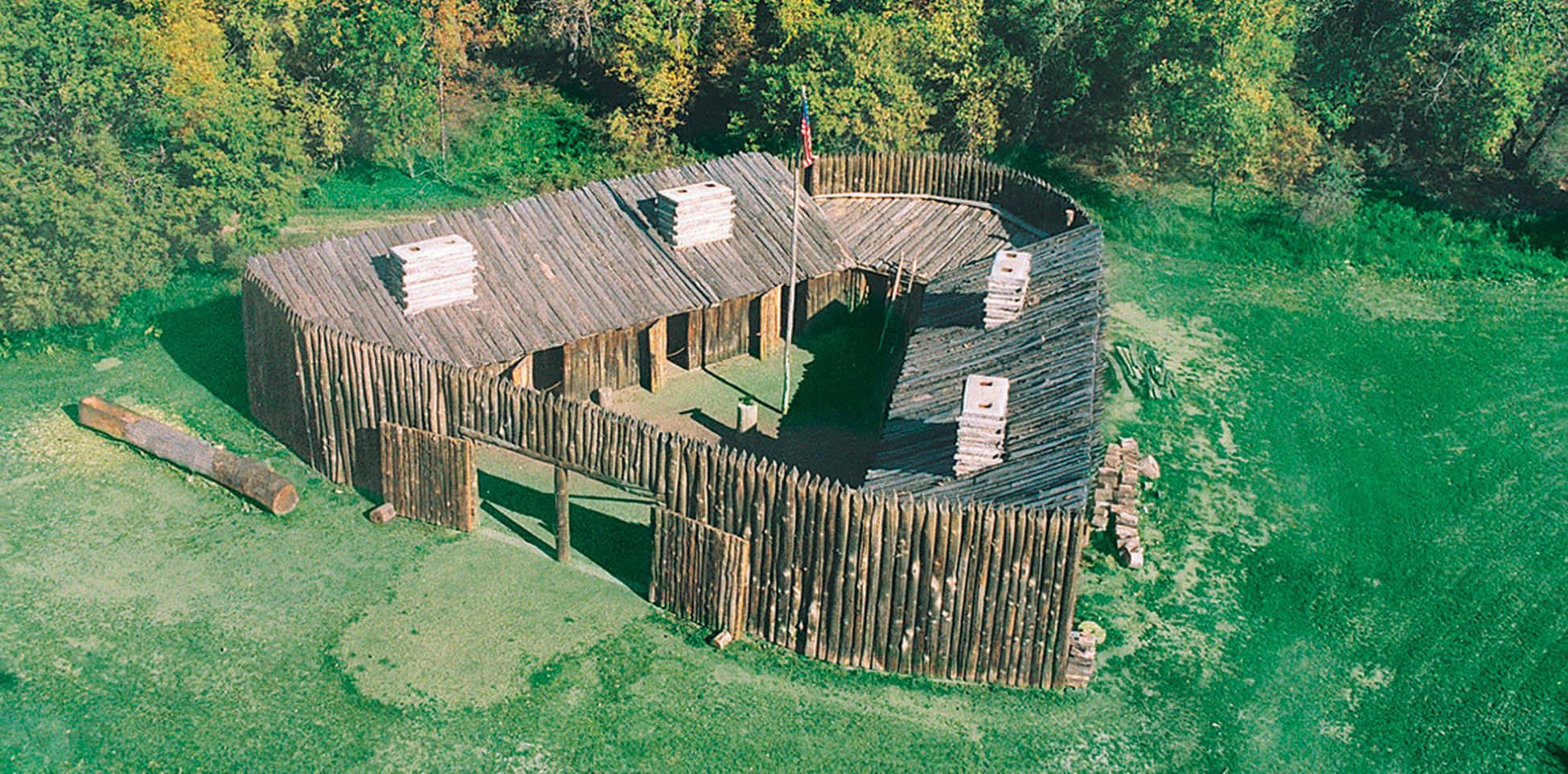
Visit a full-size replica of Fort Mandan, where the Expedition wintered in 1804-05. Paddling from here in April 1805, Lewis & Clark and their party were the first Euro-Americans to scientifically explore and map the Missouri River upriver. Thanks to information gathered from friendly tribes in the area, they had a good idea of what they would encounter.
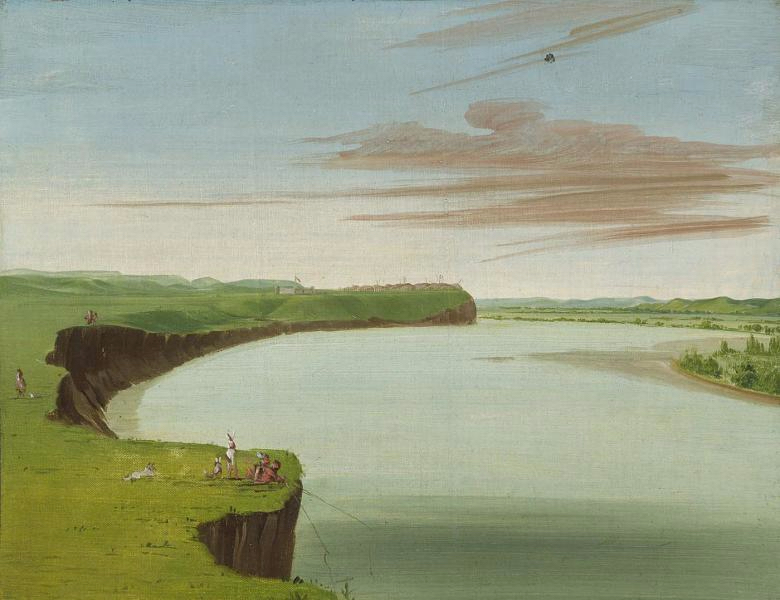
Although named for William Clark, Fort Clark was not built until 1830 to be near the Mandan tribe. It was a privately owned fur trading post, not meant for military use. The first steamboat arrived in 1832 with trading goods. George Catlin, who painted the scene above, was one of the passengers. Another steamboat stopping in 1837 unleashed a wave of smallpox, causing another devastating pandemic to sweep through the Upper Midwest, killing thousands of Indians and up to 90% of the remaining Mandans at the village. The Arikara tribe would later occupy the village for about 25 years.
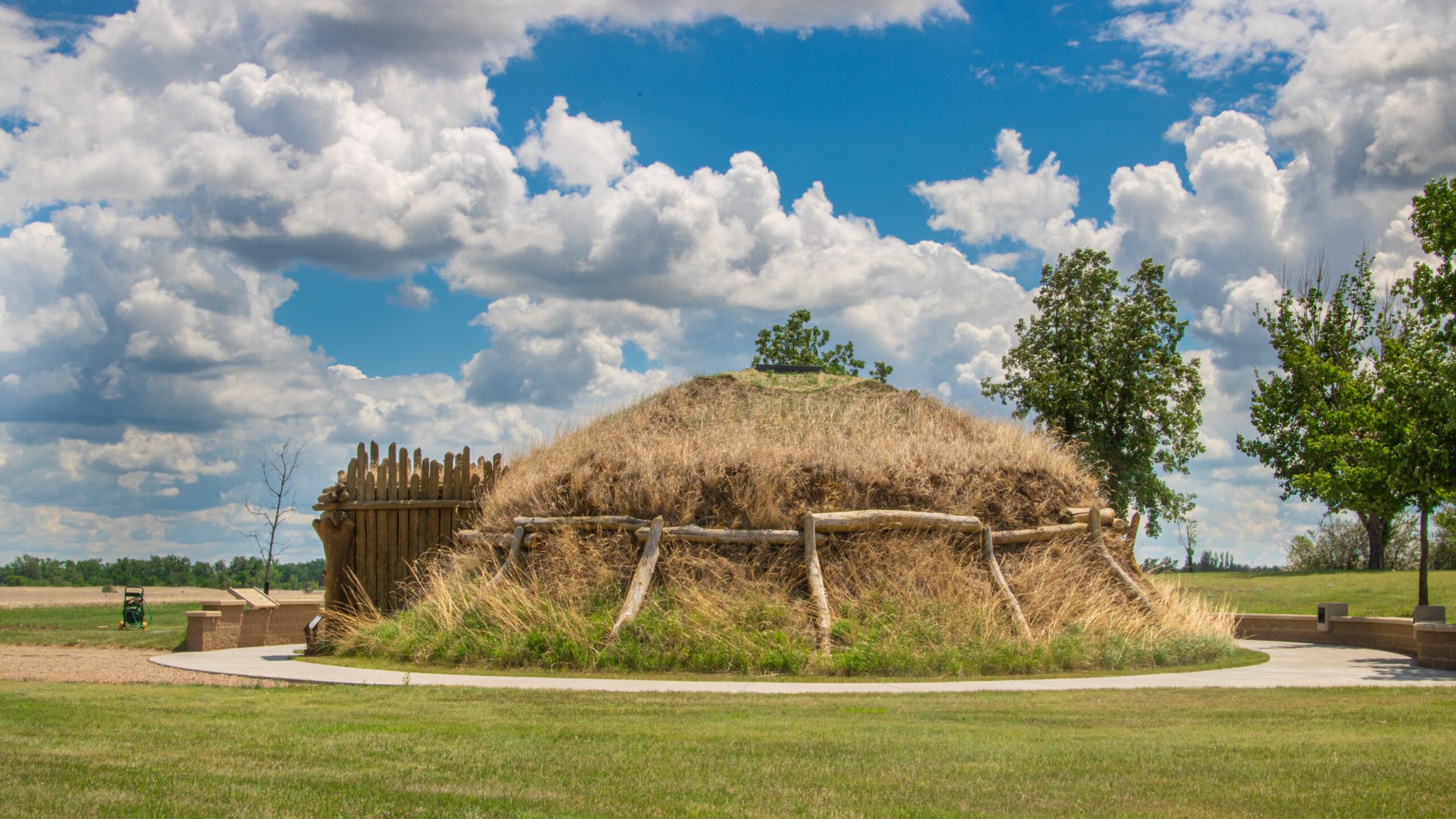
Learn about the culture and traditions of the Native American tribes near whom Lewis & Clark and the men of the Corps of Discovery wintered. It was in this vicinity among the Hidatsa tribe where the captains hired Toussaint Charbonneau, gaining in the bargain his wife Sacagawea and their baby boy, Jean Baptiste. She gave birth on February 12, 1805 after drinking a concoction containing crushed rattlesnake rattles.
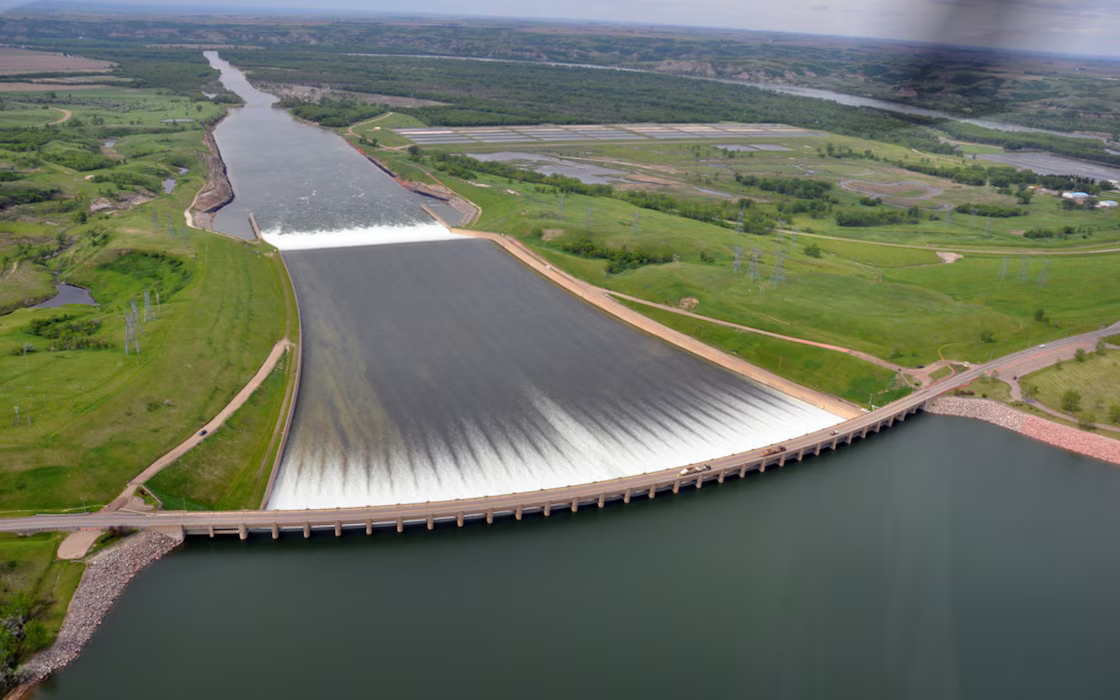
The traveler has a choice. Many will choose to return to Bismarck or continue on their own path. Intrepid visitors with time enough to explore further will choose to continue north to visit two more stops before returning to Bismarck. Garrison Dam opened in 1960 and it backs up Lake Sakakawea, the third largest man-made lake in the US. An Audubon National Wildlife Refuge is to the east.
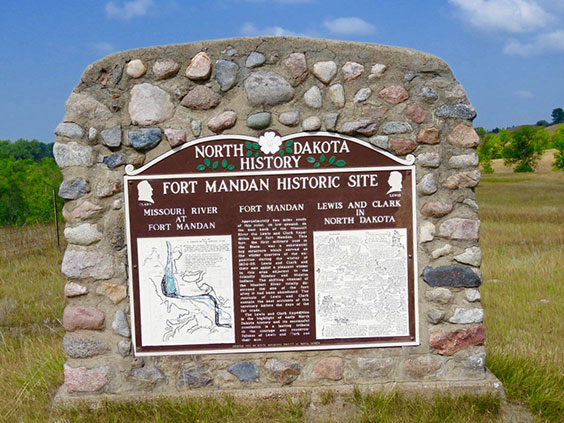
The site does indeed overlook the original Fort Mandan location. Changes in the course of the river over the years have obliterated the actual site. Archaeological digs have discovered many Indian artifacts as well. Two historical markers are on hand and a view of the river rewards the visitor.
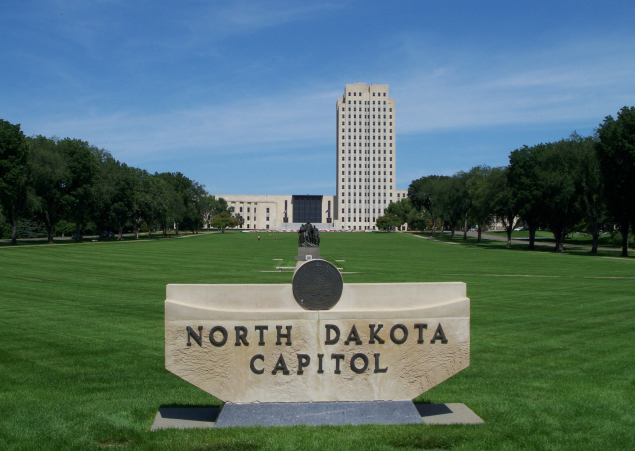
Return to downtown Bismarck to view the skyscraper style state capitol building. Be sure to see the statue of Sacagawea and her son Jean Baptiste near the rear of the nearby North Dakota Heritage Center.
Our bi-weekly newsletter provides news, history, and information for those interested in traveling along along the Lewis & Clark Trail.